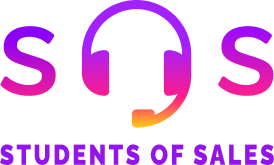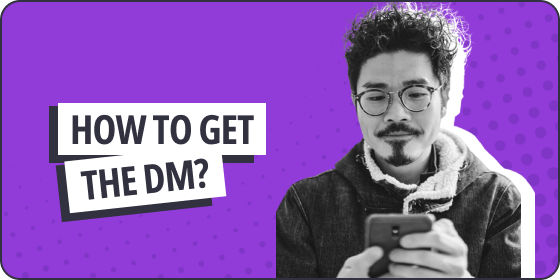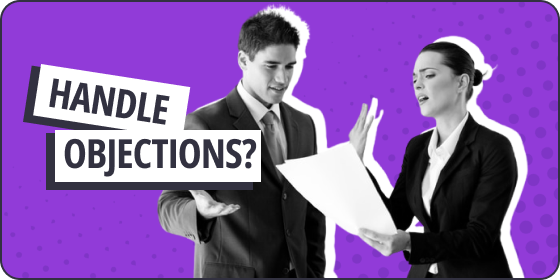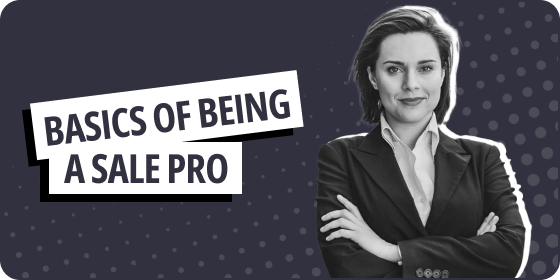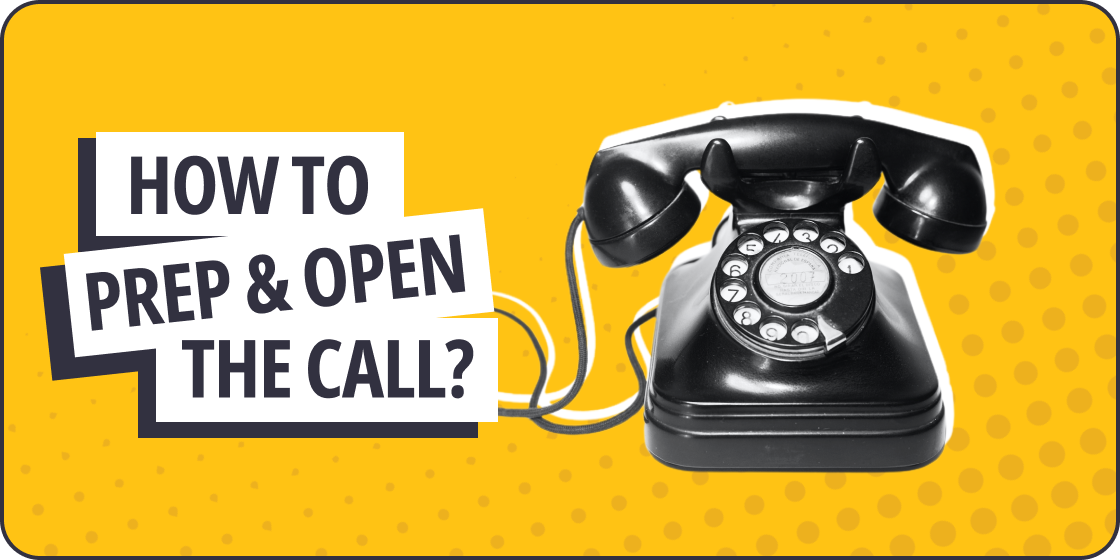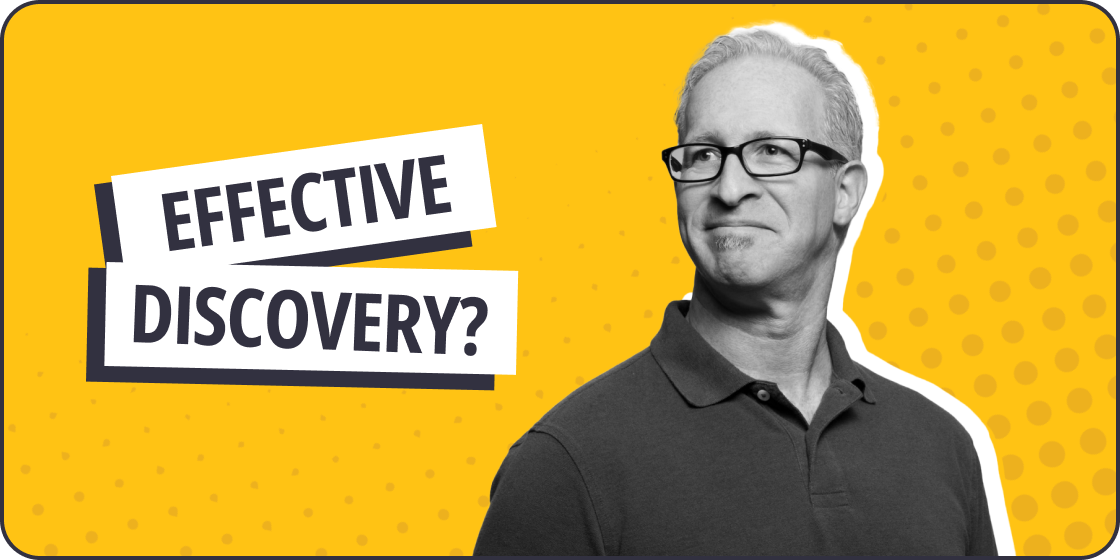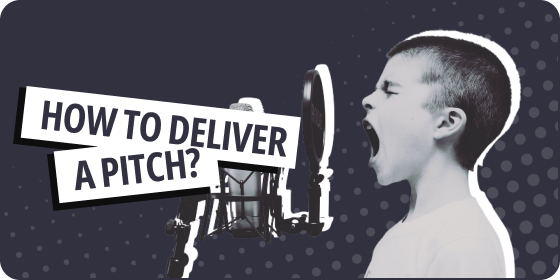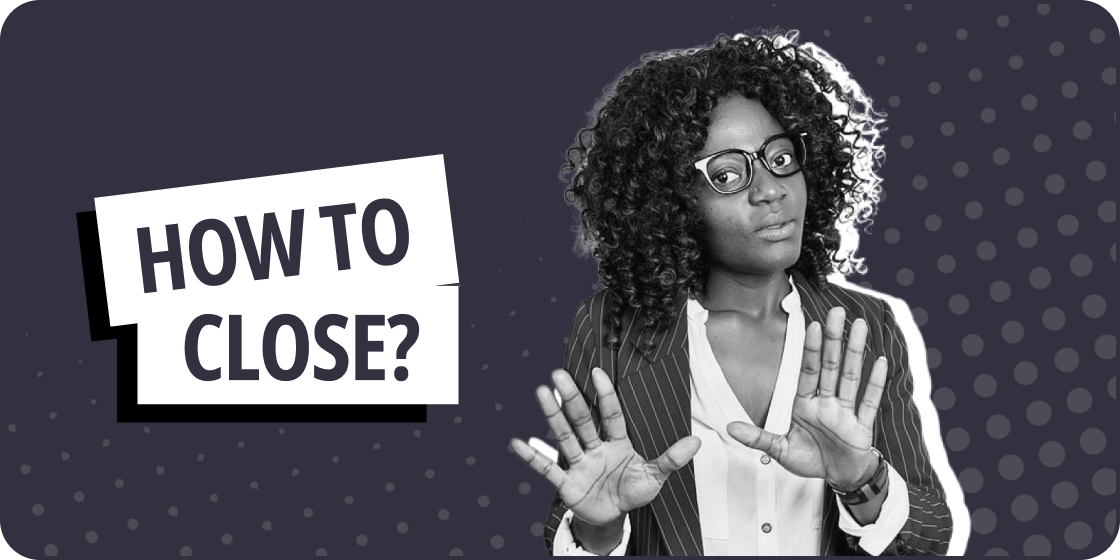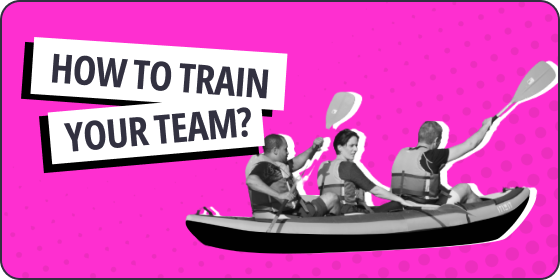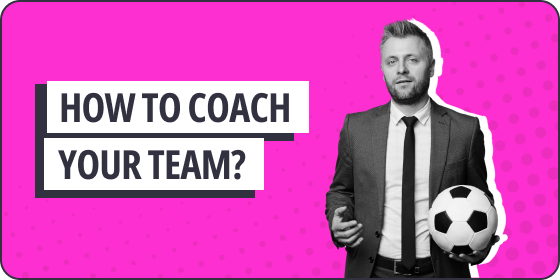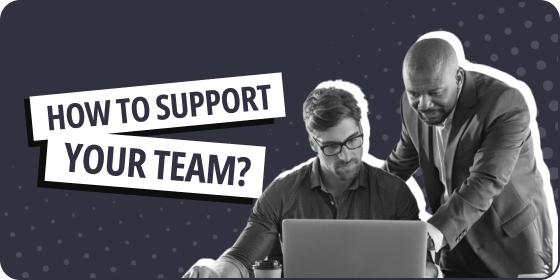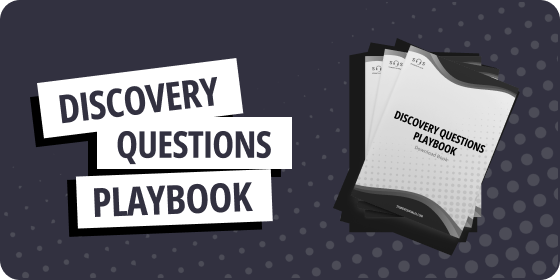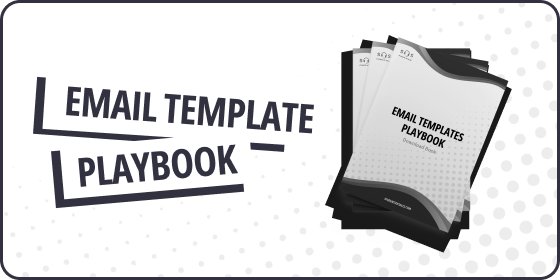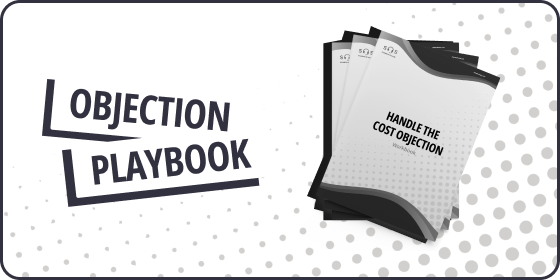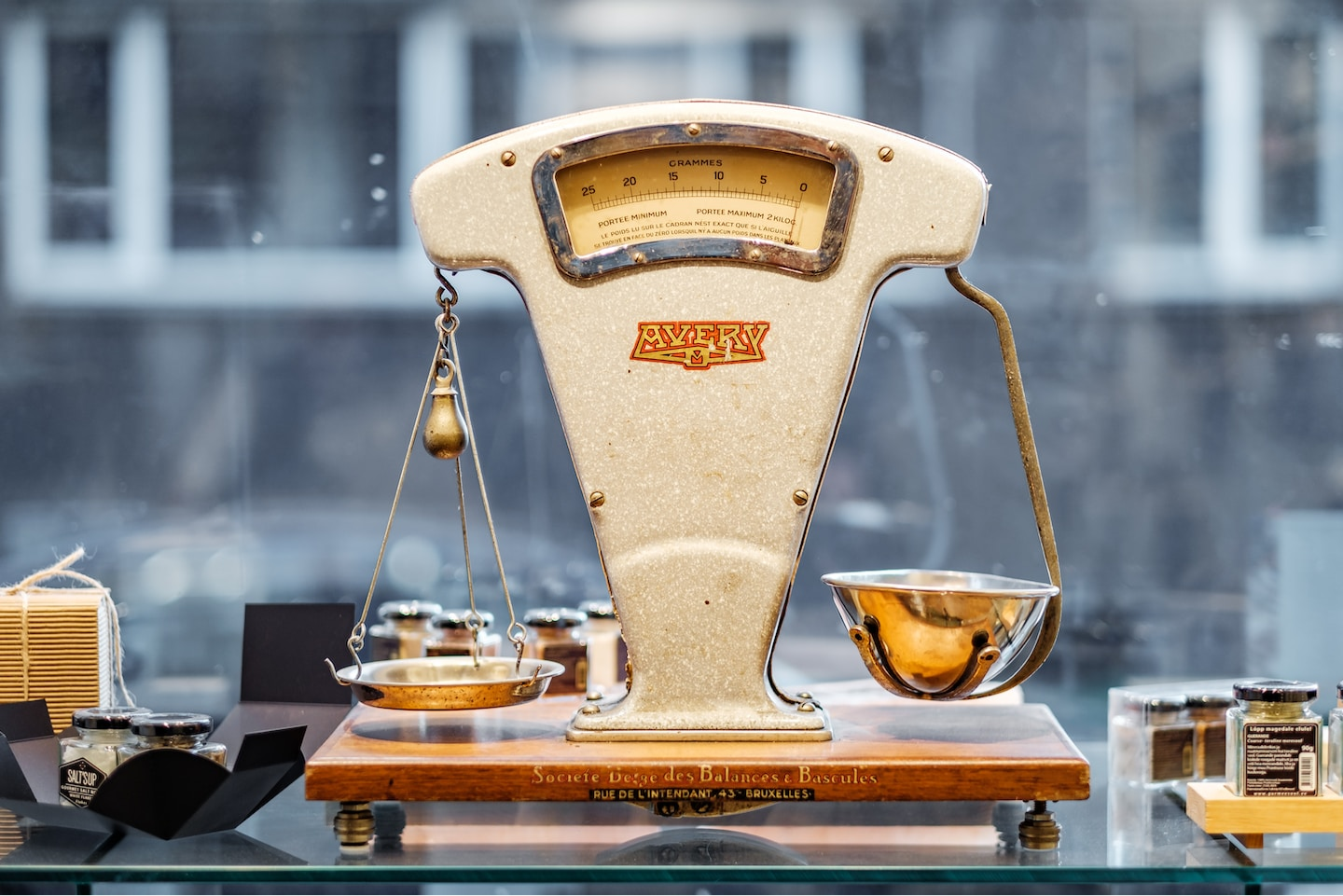How to Use a Permission Based Opener

Have you ever started your cold call to a potential prospect with…
- “Hey Tyler, this is Michael with ABC Co., how are you?”
- “Hey Phil, this is Michael with ABC Co., did I catch you at a bad time?”
- “Hey Brad, this is Michae lwith ABC Co., the reason for my call is…….
If you still use any of these as your call opener, I’m beggin you to STOP!
There’s a better way to open your cold calls, get fewer hangups, more opportunities to engage in a conversation, and get more next meetings booked in by using a Permission Based Opener.
What is a permission based opener?
A permission based opener is a statement made at onset of a cold call asking the prospect for their permission, consent, or authorization to tell them why you called.
They days of just power blasting through your intro and pitch as fast as possible before they can hangup the phone or tell you their not interested are long gone. Prospects today require a bit more finesse and convincing to take your call and to listen intently. Hence the power and influence a permission based approach can have on your calls and there outcomes.
Why should I use a permission based opener?
No one really wants to take a sales call in the first place! I’ve been in sales long enough to know that no prospect is on standby anxiously waiting to get a call from another random sales rep. Either they are the type that answers their phone no matter what the number is or they were expecting a call from a number with the same area code as yours! And since you caught them by surprise and this will probably be the last time you better make that call count.
You’re an interruption. I’ve heard it all; I’m running into a meeting, I’m driving, i’m boarding a plan, I’m on vacation, I’m on another call, etc,etc.! If your calling the top of the food chain within an organization they may not be super busy, however they are typically working on something. That said, a Permission Based Opener is a professionally polite approach and can help reduce the resistance to reject the idea of taking a sales call at that moment or disruption.
They will listen to your reason for calling with intent. This point embodies the whole purpose of using a permission-based approach. We want their attention on the purpose of our call, not how long before this sales rep shuts up so I can hang up.
How should I deliver my permission-based opener?
Here are a few examples of how to deliver a Permission Based Opener that has had proven success in getting a yes response and consent to give them your pitch. But it better be good!
- “Paul, this is Michael with ABC Co. I know I’m an interruption, can I have 24 seconds to tell you why I called?”
- “Corrine, this is Michael with ABC Co. I’m sure you dislike receiving cold calls as much as I dread having to make them. Mind if I take 33 seconds to tell you why I called, and then you can tell me if we should speak or not?”
- “Preston, this is Michael with ABC Co. I’m gonna be upfront with you. This is a sales call! You can hang up or let me have 30 seconds to tell you why I’m calling.”
What if they say NO?
Great! They weren’t going to take your call let alone listen with intent anyway. Some will, some won’t, so what. On to the next!
Swing again! If you’re met with a no ask a disqualifying question like “Sounds like I called you at a bad time. Is that the case or is it that you don’t take cold calls?” If it’s a timing issue secure a follow-up call. If it’s that they don’t take cold calls gracefully exit the conversation and move on to the next.
So what now?
Select one of the three Permission-Based Openers and for the next week use it on every cold call you make. Track how many total yes’s and no’s you get, your no-to-yes ratio, and the reactions you get from prospects. Use the other two openers over the next two weeks, tracking the same results and determining if one has a better positive response rate than the others.
